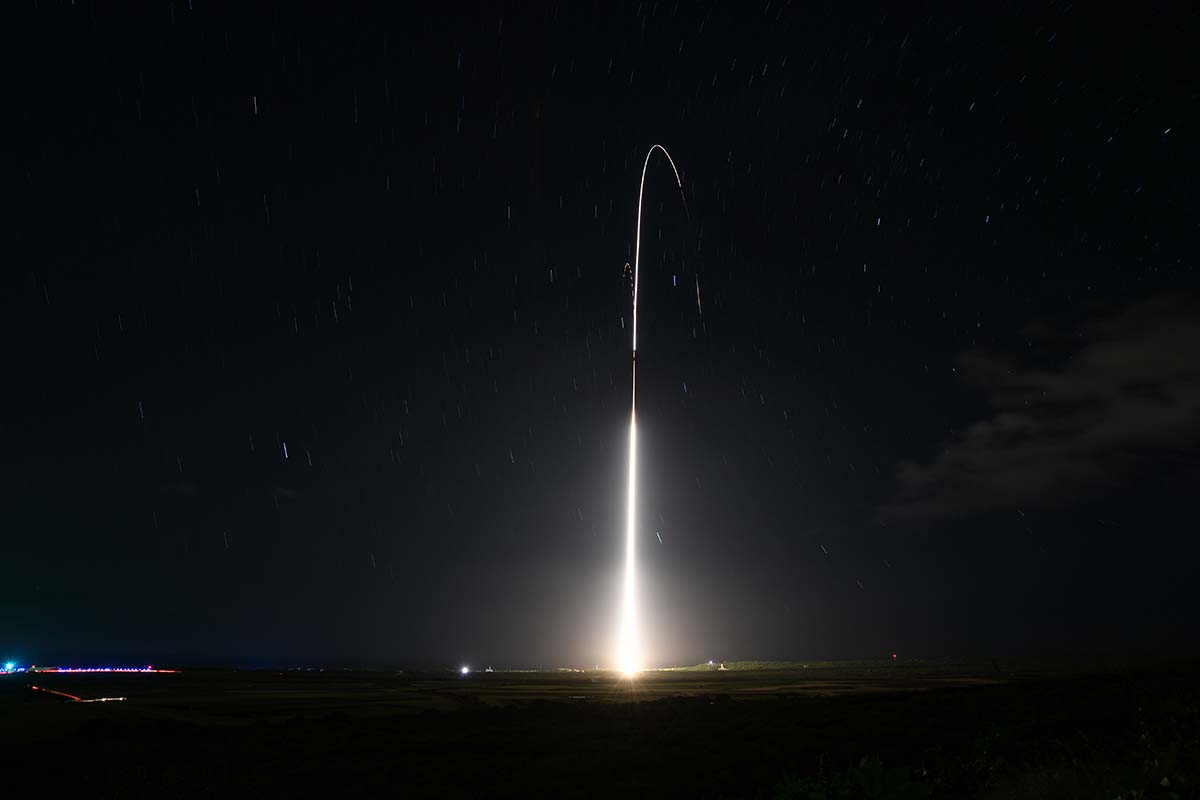Press Release
Johns Hopkins APL Hits Standard Missile-3 Milestone
The Pentagon cleared the Standard Missile-3 (SM-3) Block IIA program — which has been in co-development with Japan since 2006 — for initial production, setting the stage for the deployment of a significant operational enhancement to the Ballistic Missile Defense System (BMDS).
As technical direction agent (TDA) for the SM-3 program, APL conducts analyses, risk assessments and critical experiments in key areas. The Laboratory also performs experiments and develops prototypes to demonstrate proof of concept in areas of high technological risk.
“This new missile variant adds a substantial capability to the defense of our nation and our allies by allowing for the interception of medium-range and intermediate-range ballistic missiles from Aegis ships at sea and land-based Aegis Ashore sites in Europe,” said Chris Fadler, the SM-3 program manager in the Lab’s Air and Missile Defense Sector (AMDS). “APL is proud of its critical role in all phases of the SM-3 Block IIA missile interceptor design.”
The new three-stage interceptor’s body is 21 inches in diameter — much larger than the 13.5-inch diameter of the previous SM-3 Block I variants. The updated design helps it fly faster and farther, allowing for improved defense against a ballistic missile attack. The guided-missile interceptor was developed by Raytheon Missile Systems in Tucson, Arizona, and Mitsubishi Heavy Industries in Tokyo, Japan, and features two improvements: a larger second- and third-stage rocket motor, and a larger kinetic warhead with enhanced search, discrimination and tracking functions.
“The cooperative nature of the program led to unique challenges during the design development phase,” said Naru Takashima, who manages the development of the project. “As the TDA for the SM-3 program, APL provided the expertise defining the design requirements and verified that the final design achieved those requirements.”

